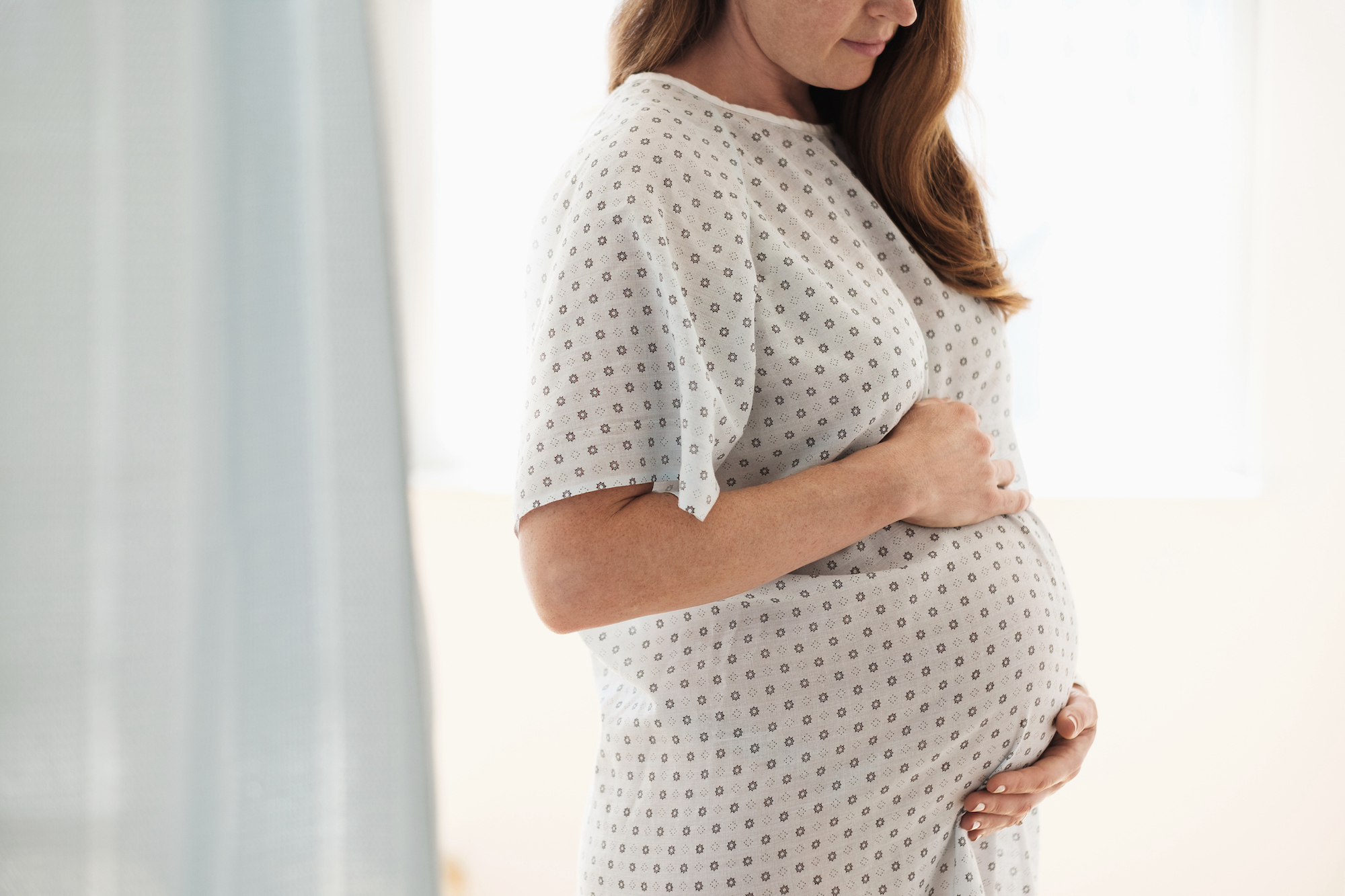Tubal ligation half as likely for moms who deliver at Catholic hospitals
Study first of its kind to compare birth control use following delivery
By Misti Crane

Women who deliver babies at Catholic hospitals are about half as likely to have undergone a sterilization procedure to prevent unwanted pregnancies after the birth as those who delivered elsewhere, a new study has found.
“If an individual has decided they are at the end of their reproductive career and wants to use this highly effective birth control method, the best time to do it is when they deliver — not to wait. And people aren’t always aware that this option may be unavailable to them at their delivery hospital,” said Maria Gallo, a professor of epidemiology at The Ohio State University and senior author of the study.
Maria Gallo, PhD
The new research, which includes data from 17,098 births and appears in the journal Perspectives on Sexual and Reproductive Health, is the first of its kind to examine differences in use of highly effective birth control methods based on Catholic hospital delivery.
Regardless of birth hospital, women were equally likely to be using one of several forms of highly effective birth control by two to six months after giving birth. Other options in this category include hormone-based oral contraception, patches, rings, implants and intrauterine devices.
“Some women who want a tubal ligation will never get one if it doesn’t happen at the time of delivery – that’s when they have direct access to the health care providers and before they go home to their really busy lives, including caring for an infant,” said first author Michelle Menegay, who was a doctoral student at Ohio State’s College of Public Health at the time of the study.
A previous study found that almost half of women who wanted a tubal ligation and didn’t get one were pregnant within a year. About half of all female sterilizations in the U.S. are performed after delivery, and about 8% of hospital deliveries are followed by the procedure.
Between 2001 and 2020, U.S. hospital mergers and acquisitions led to a 28% increase in the number of Catholic acute care hospitals, which now account for an estimated 16% of all acute care hospital beds in the nation.
The researchers analyzed state birth certificate data and survey data from the Centers for Disease Control and Prevention from five states where at least 15% of hospitals were Catholic and where officials made state data for the analysis available to them. The study included live births from 2015 to 2018.
Overall, 4.1% of women who delivered at Catholic hospitals said they’d had the sterilization procedure, compared to 8.8% of those who delivered elsewhere. The study did not collect information on whether women failed to receive a tubal ligation after requesting one.
The women who delivered at Catholic hospitals tended to be younger, more likely to be unmarried, have lower education levels and be less likely to have private insurance — factors that could present additional barriers to ensuring that they are aware of the limitations of care at Catholic hospitals and in a position to proactively seek out a delivery hospital that would provide a tubal ligation, Gallo said.
“One in six U.S. hospital beds belongs to a Catholic hospital, and in some areas it can go all the way up to almost half,” Gallo said, adding that there are 46 areas in the U.S. where Catholic institutions are the only option for care.
There could be many reasons why women who want a tubal ligation are delivering at hospitals where they won’t be able to get one, the researchers said.
“We know from other studies that many people whose primary hospital is Catholic are unaware of its religious affiliation and that people often don’t know that Catholic hospitals have rules against providing birth control, including tubal ligation,” Gallo said.
Added Menegay: “Women should have the option wherever they go to choose the birth control method that is right for them and be counseled on all the options available.”
Rebecca Andridge and Katherine Rivlin, both of Ohio State, also worked on the study.
Written by Misti Crane, 614-292-3739; Crane.11@osu.edu
About The Ohio State University College of Public Health
The Ohio State University College of Public Health is a leader in educating students, creating new knowledge through research, and improving the livelihoods and well-being of people in Ohio and beyond. The College's divisions include biostatistics, environmental health sciences, epidemiology, health behavior and health promotion, and health services management and policy. It is ranked 22nd among all colleges and programs of public health in the nation, and first in Ohio, by U.S. News and World Report. Its specialty programs are also considered among the best in the country. The MHA program is ranked 5th and the health policy and management specialty is ranked 21st.